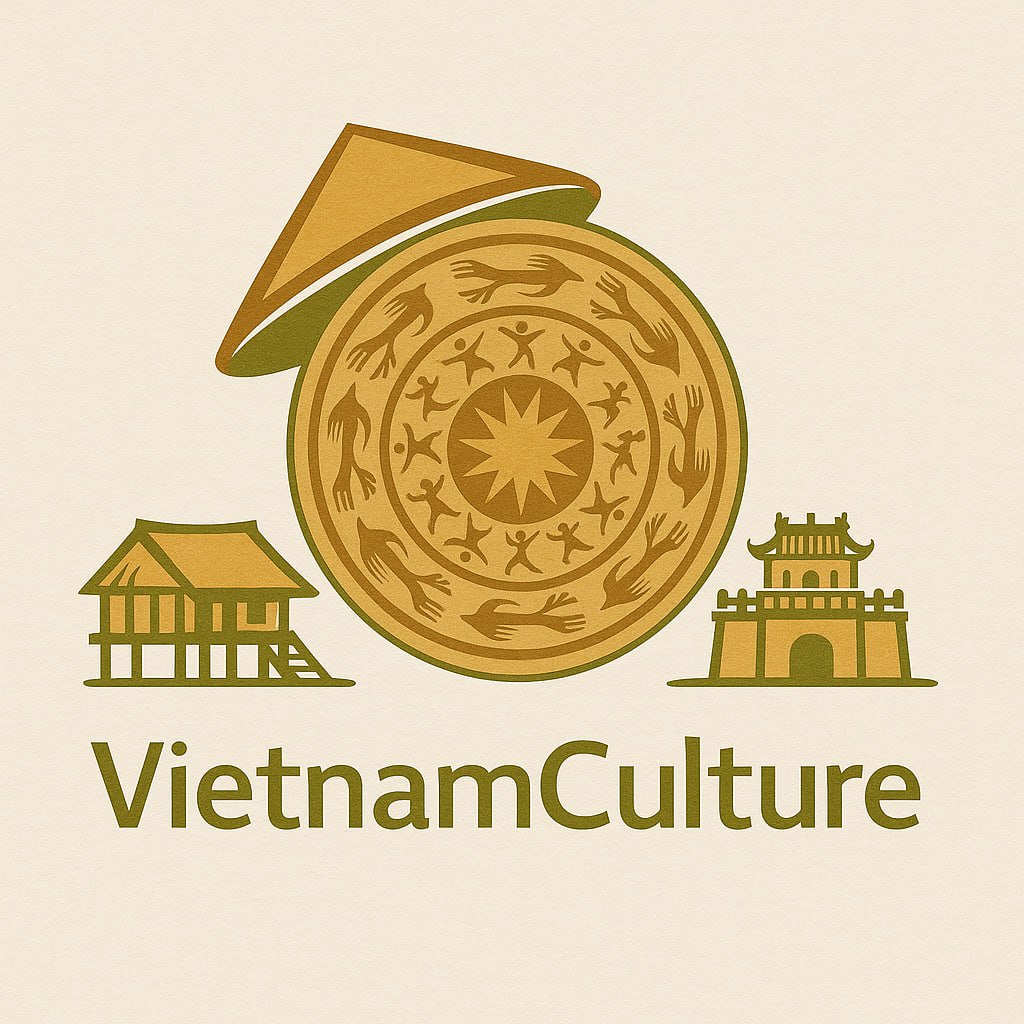Vietnamese music is more than melodies and rhythms—it’s the soul of a nation. Rooted in thousands of years of history, it reflects the stories, beliefs, and spirit of the Vietnamese people. From ancient ceremonial chants to modern pop anthems that reach global charts, Vietnamese music serves not only as cultural heritage but also as a bridge connecting generations and nations.
Today, as cultural and experience-based tourism gain momentum worldwide, Vietnam finds itself at a pivotal point. Music, as a deeply emotional and accessible form of culture, is becoming a central thread in Vietnam’s tourism identity—both as a unique draw for global travelers and a means to preserve and showcase its rich traditions.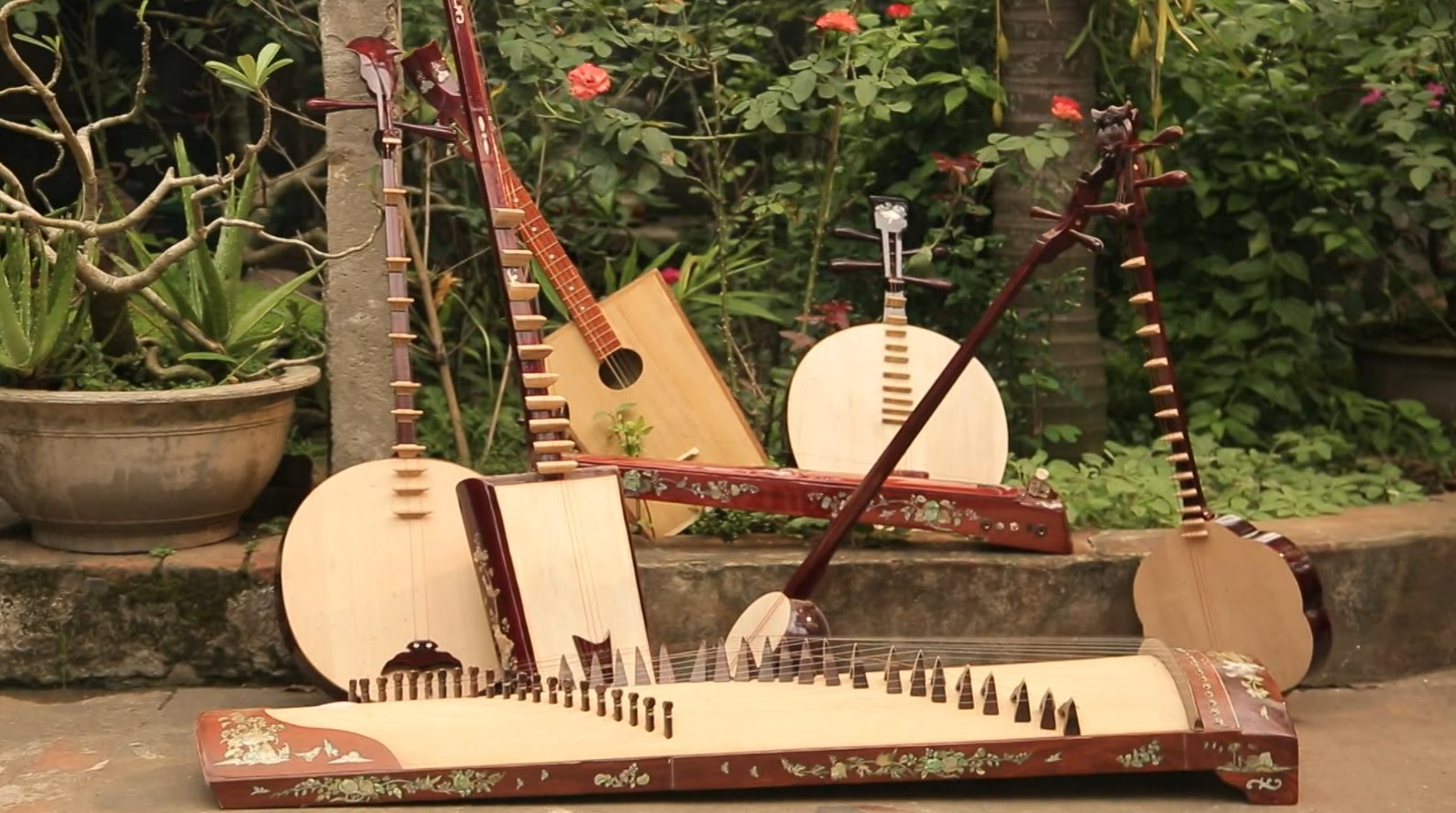
1. Vietnamese Music in the Global Tourism Landscape
According to Future Market Insights, the global music tourism market reached $5.5 billion in 2022 and is projected to more than double by 2032. Vietnam is actively positioning itself in this space, combining world-class music events with breathtaking destinations.
Recent Highlights:
- BlackPink in Hanoi (2023): Over 70,000 attendees, including thousands of foreign tourists. Local hotels and services reported record-high demand.
- 8Wonder Festival featuring Charlie Puth in Nha Trang: Combined international music with seaside luxury, redefining the resort city as a music destination.
- Westlife concert in Ho Chi Minh City: With nearly 30,000 fans, this event confirmed Vietnam’s readiness to host major global acts.
These large-scale concerts have demonstrated how Vietnamese music culture—including international partnerships—can dramatically boost tourism traffic and revenue.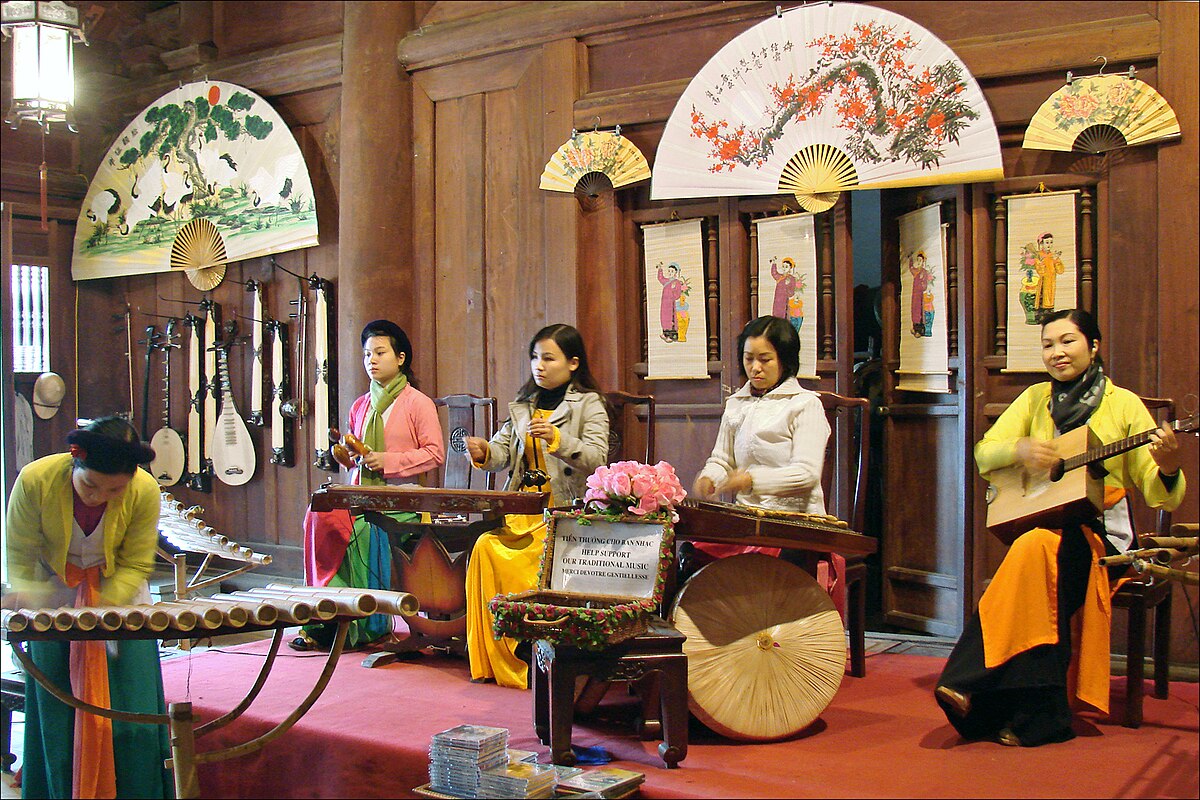
2. The Rich Tapestry of Traditional Vietnamese Music
Vietnam is home to 54 ethnic groups, each with its own musical identity. The result is a vast and colorful musical landscape.
Key Traditional Genres:
- Ca trù: A refined art form with roots in royal courts, featuring female vocals, the đàn đáy lute, and ceremonial instruments.
- Hát xẩm: Once performed by blind street musicians, these songs tell vivid stories of hardship, love, and perseverance.
- Chèo and tuồng: Theatrical operas filled with historical tales, satire, and moral lessons.
- Quan họ: Courtship songs sung by male and female duos, originating from Bắc Ninh.
- Hò and lý: Work songs and folk melodies passed down in the countryside.
- Đờn ca tài tử: A Southern Vietnamese style blending improvisation with storytelling.
Tourism experiences now increasingly include these musical forms through live shows, folk performances in cultural villages, and traditional music-themed homestays.
3. The Rise of V-pop and Contemporary Vietnamese Music
Modern Vietnamese music, often referred to as V-pop, is booming. While rooted in tradition, it embraces electronic sounds, R&B, hip-hop, and international pop aesthetics.
Leading Artists:
- Sơn Tùng M-TP: Known for international collaborations and topping YouTube charts.
- Hoàng Thùy Linh: Merges folklore with EDM in hits like “See Tình.”
- Đen Vâu: A lyrical rapper who writes poetic, relatable verses about modern Vietnamese life.
- Mỹ Anh: The daughter of diva Mỹ Linh, she brings experimental R&B and soul to the V-pop scene.
- Suboi: Vietnam’s leading female rapper, known globally for her performance during a Q&A with President Obama.
These artists are bringing Vietnamese music to international festivals, playlists, and viral content, attracting not only fans but also travelers curious to explore the culture behind the sound.
4. Experiencing Vietnamese Music as a Tourist
More than just attending a concert, tourists now seek music-based experiences that are immersive and interactive.
Top Music Experiences in Vietnam:
- Mây Lang Thang (Đà Lạt): Enjoy intimate acoustic sessions in cafés surrounded by pine forests.
- Soul of the Forest (Vĩnh Phúc): Listen to live performances in nature, integrated with wellness retreats.
- Monsoon Music Festival (Hà Nội): A prestigious event bringing together local and international acts.
- Le Champ Tú Lệ (Yên Bái): Watch live music amid terraced rice fields, blending nature and performance.
These venues are part of a growing ecosystem where music is not just entertainment—but part of the travel narrative.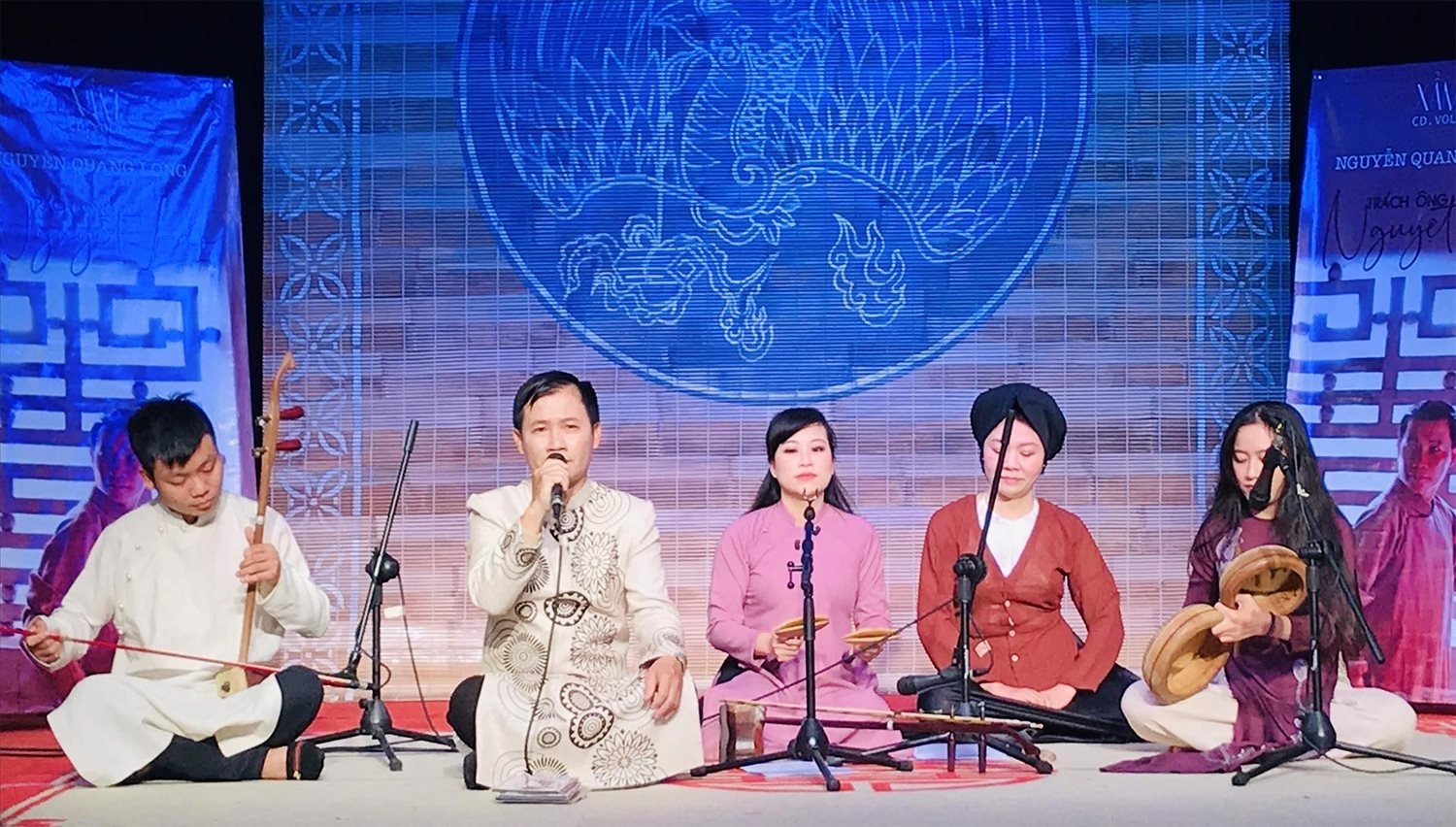
5. Challenges and Strategies for Music Tourism
Despite the potential, several barriers still limit the growth of Vietnamese music tourism.
Key Challenges:
- Limited communication between event organizers and tour operators
- Few year-round festivals or recurring concerts
- Infrastructure limitations in rural areas
Strategic Solutions:
- Launch a national music tourism calendar
- Encourage public-private partnerships for music infrastructure
- Provide tax incentives for music-related investments
- Train local guides to offer music-focused tours
By viewing music as both a cultural and economic asset, Vietnam can unlock enormous growth in tourism.
6. The Role of Digital Media
Vietnamese music has found a powerful stage on digital platforms.
- YouTube: Most V-pop stars reach millions of views within days of release.
- Spotify & Apple Music: Curated playlists help new listeners explore Vietnamese genres.
- TikTok: Vietnamese songs are often used as soundtracks for viral trends, exposing global users to the country’s language and vibe.
Tourism boards are now leveraging these platforms to promote destinations through music—featuring local artists performing in iconic locations such as Hội An, Sa Pa, and Ha Long Bay.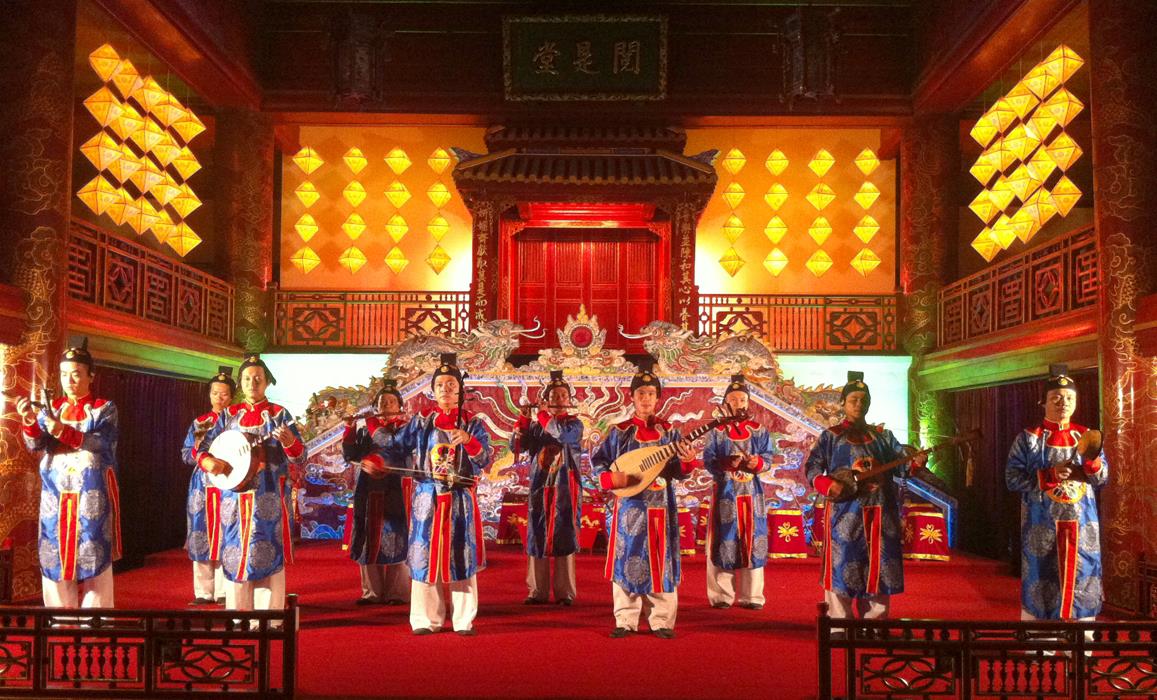
7. Music as Cultural Diplomacy
Vietnamese music is increasingly used as a tool for cultural diplomacy.
- Performances at UNESCO and ASEAN events showcase traditional music on international stages.
- Collaborations with international musicians (e.g., Snoop Dogg with Sơn Tùng M-TP) create cross-cultural engagement.
By positioning music as a soft power, Vietnam gains not only exposure but influence—shaping global perceptions through sound.
8. Music Education and Cultural Preservation
Cultural preservation is vital to the longevity of Vietnamese music.
Educational Efforts:
- Vietnam National Academy of Music: Offers degrees in traditional and modern music.
- Ho Chi Minh City Conservatory: Trains hundreds of musicians each year.
- Local workshops: Teach tourists to play instruments like đàn tranh, đàn bầu, or traditional drums.
These initiatives ensure that Vietnamese music remains a living tradition, not just a relic of the past.
9. Vietnamese Music in Film and Advertising
Movies, ads, and documentaries are key to keeping traditional music in the public eye.
Notable Examples:
- “Song Lang” (2018): A romantic drama that revived interest in cải lương through storytelling and a stunning soundtrack.
- Travel campaigns by Vietnam Tourism use traditional music to evoke emotional connections and promote authenticity.
This crossover into mainstream media allows Vietnamese music to reach new audiences and deepen national pride.
10. Where to Experience Vietnamese Music Live
If you’re planning a trip, consider adding these spots to your itinerary:
- Hue Royal Theater – For court music and cultural shows
- Da Nang Street Music Festival – A lively mix of folk and pop
- Ho Chi Minh City Opera House – For classical and contemporary Vietnamese performances
- Phú Quốc Night Market – Street music, local food, and souvenirs
- Cultural Villages in Bắc Ninh and Hội An – Authentic folk music in traditional settings
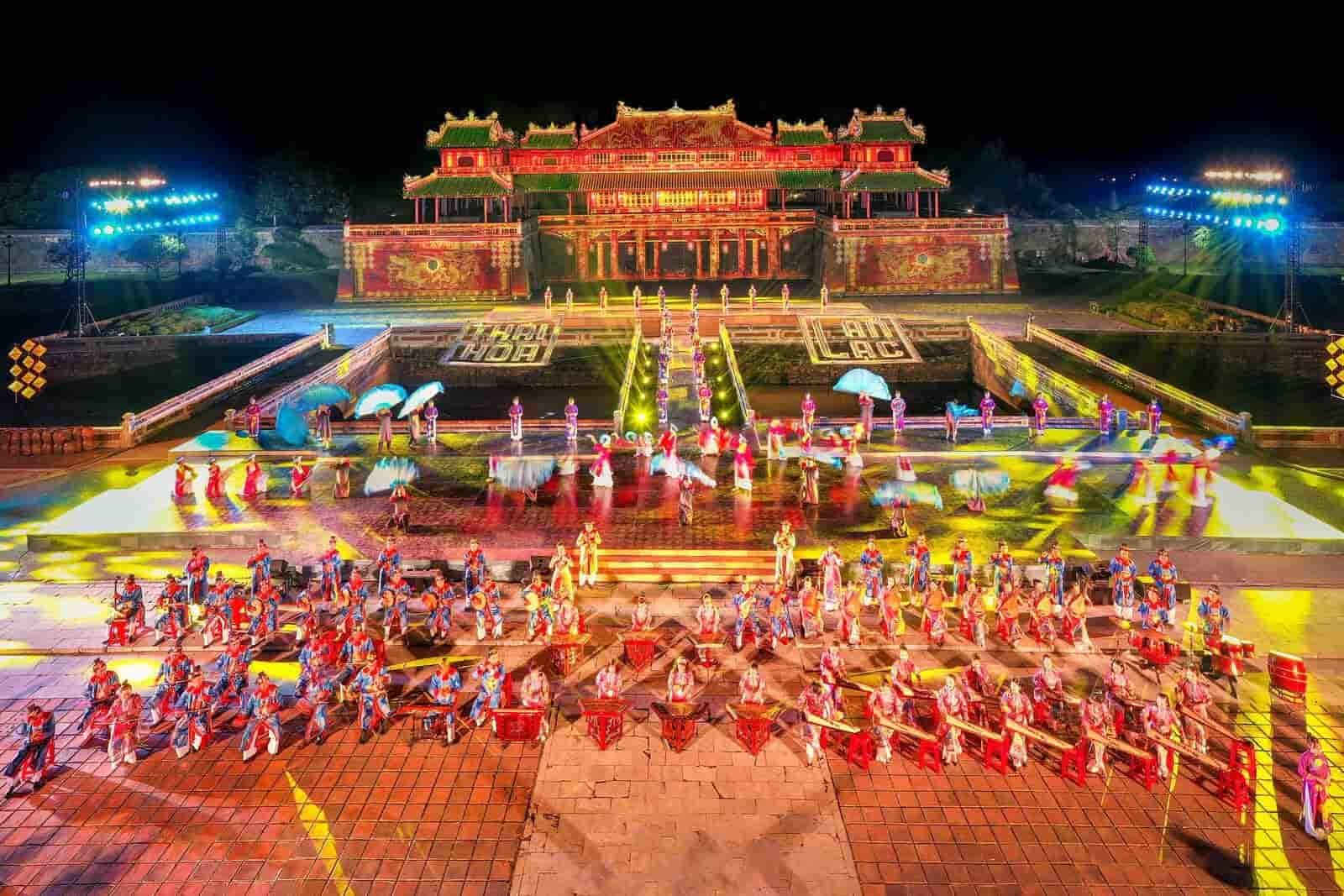
Conclusion
In every rhythm, every lyric, and every performance, Vietnamese music tells a story of identity, pride, and unity. It connects generations, communities, and now — nations. As Vietnam seeks to diversify its tourism sector, music stands as both a cultural treasure and a commercial opportunity.
From the silence of a mountain flute to the roar of a stadium crowd, Vietnam’s musical landscape is as varied as its geography. And for travelers seeking more than just destinations — those looking for connection, meaning, and memory — Vietnamese music is the perfect guide with Vietnam Travel.
See more post: Ao dai Vietnam: The timeless symbol of Vietnamese elegance and identity
